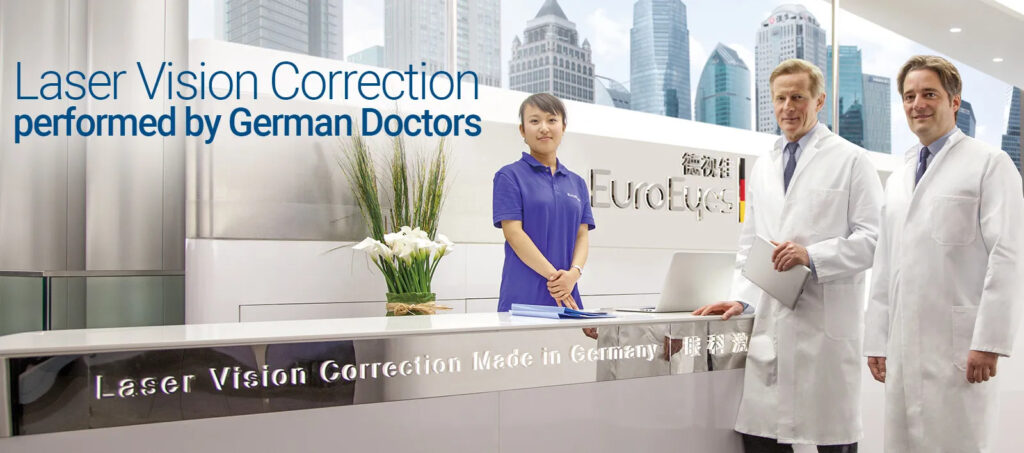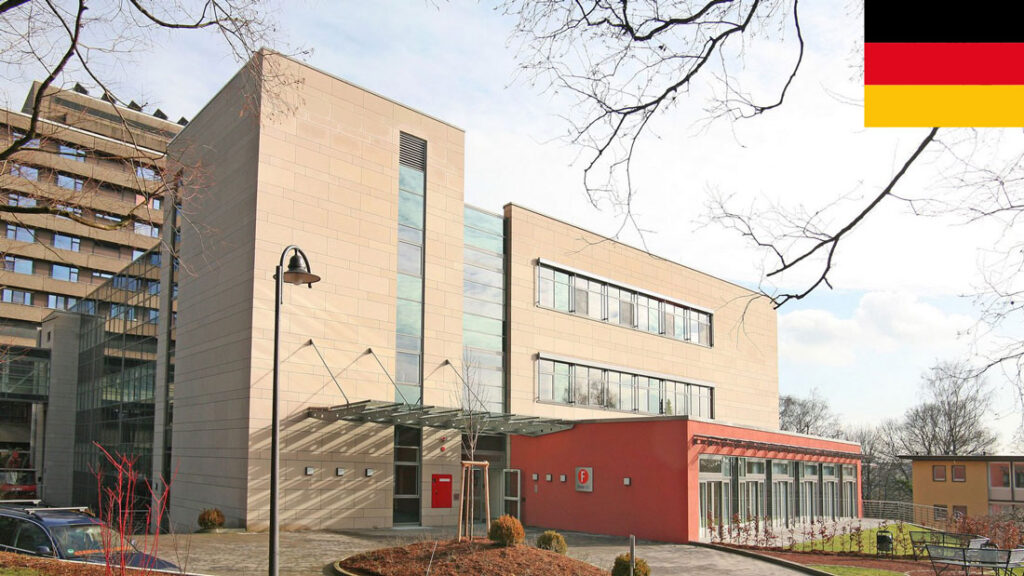Early Childhood Glaucoma Detection with Swept-Source OCT Technology
Glaucoma is a leading cause of irreversible blindness worldwide, and while it is often associated with older adults, it can also affect infants and young children. Early detection is crucial to prevent vision loss, but diagnosing glaucoma in young children presents unique challenges. Traditional methods may not always be effective, especially when dealing with uncooperative patients. However, advancements in imaging technology, such as Swept-Source Optical Coherence Tomography (SS-OCT), are revolutionizing early childhood glaucoma detection.
In this article, we’ll explore how SS-OCT works, its advantages over conventional methods, and why it’s becoming an essential tool in pediatric ophthalmology.
Understanding Childhood Glaucoma
Childhood glaucoma, also known as pediatric or congenital glaucoma, occurs due to abnormal development of the eye’s drainage system. This leads to increased intraocular pressure (IOP), which damages the optic nerve over time. Unlike adult glaucoma, childhood glaucoma can progress rapidly, making early intervention critical.
Symptoms of Childhood Glaucoma
Parents and caregivers should watch for the following signs:
If left untreated, childhood glaucoma can lead to permanent vision impairment or blindness.
Challenges in Diagnosing Childhood Glaucoma
Diagnosing glaucoma in young children is difficult for several reasons:
This is where advanced imaging technologies like Swept-Source OCT come into play.
What Is Swept-Source OCT (SS-OCT)?
Optical Coherence Tomography (OCT) is a non-invasive imaging technique that captures high-resolution cross-sectional images of the retina and optic nerve. Swept-Source OCT (SS-OCT) is an advanced version of this technology that uses a rapidly tunable laser to achieve faster and deeper imaging.
How SS-OCT Works
SS-OCT operates by:
Unlike traditional OCT, SS-OCT provides clearer images even in young children who may have trouble staying still during the scan.
Advantages of SS-OCT in Pediatric Glaucoma Detection
SS-OCT offers several benefits over conventional diagnostic methods:
1. Non-Invasive and Quick
2. High-Speed Imaging
3. Enhanced Depth and Clarity
4. Early Detection Capabilities
Clinical Applications of SS-OCT in Childhood Glaucoma
SS-OCT is being increasingly used in pediatric ophthalmology for:
1. Optic Nerve Head Analysis
2. Anterior Segment Imaging
3. Retinal Nerve Fiber Layer (RNFL) Thickness Measurement
The Future of SS-OCT in Pediatric Eye Care
As technology continues to evolve, SS-OCT is expected to become even more integral in managing childhood glaucoma. Future advancements may include:
Conclusion
Early detection of childhood glaucoma is vital to preserving vision and preventing lifelong complications. Swept-Source OCT represents a breakthrough in pediatric eye care, offering a fast, non-invasive, and highly accurate method for diagnosing and monitoring glaucoma in young children.
If your child exhibits symptoms of glaucoma or has a family history of the disease, consult a pediatric ophthalmologist who utilizes advanced imaging technologies like SS-OCT. Early intervention can make all the difference in safeguarding your child’s vision.
By staying informed about cutting-edge diagnostic tools, parents and healthcare providers can work together to ensure better outcomes for children at risk of glaucoma.



